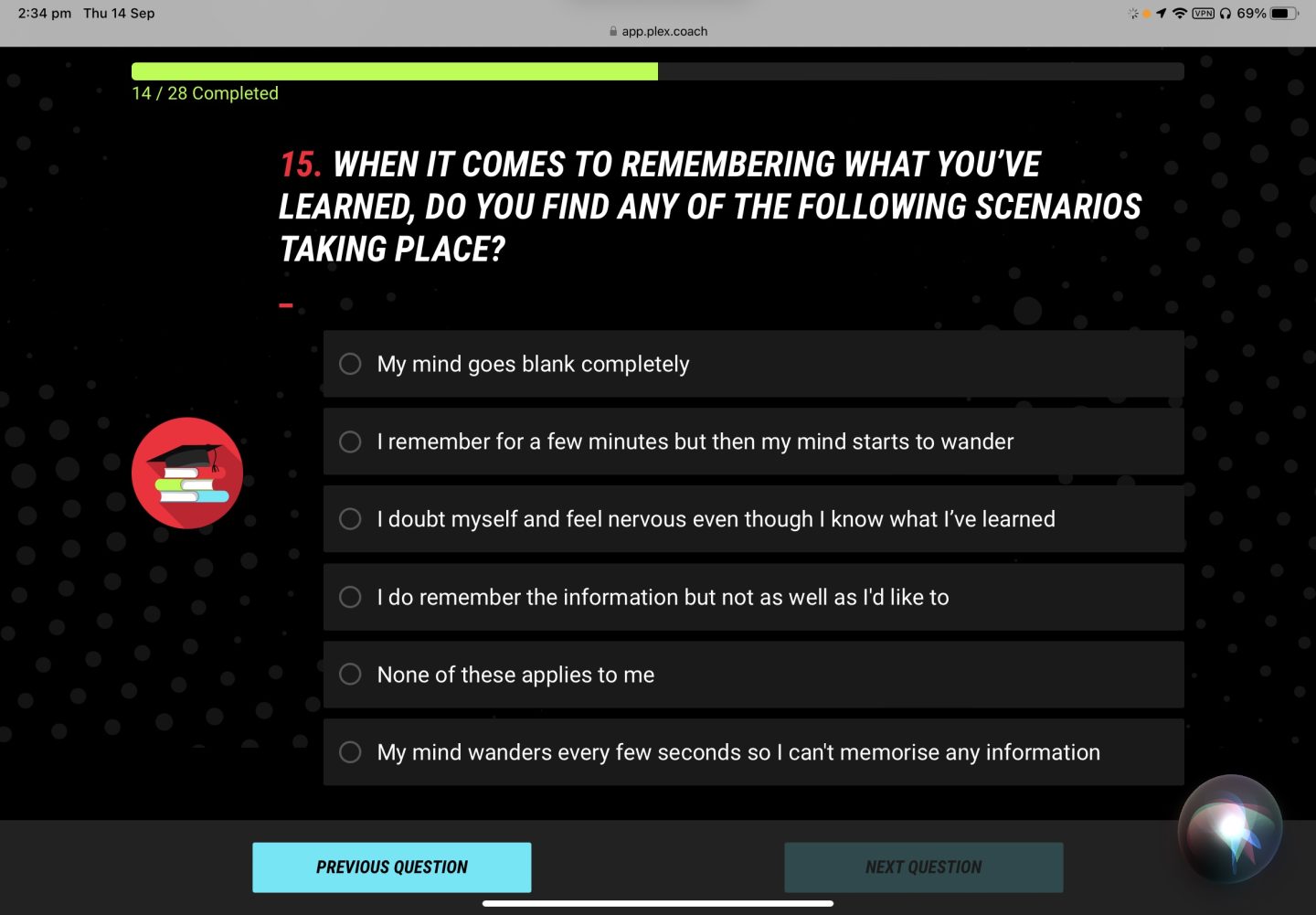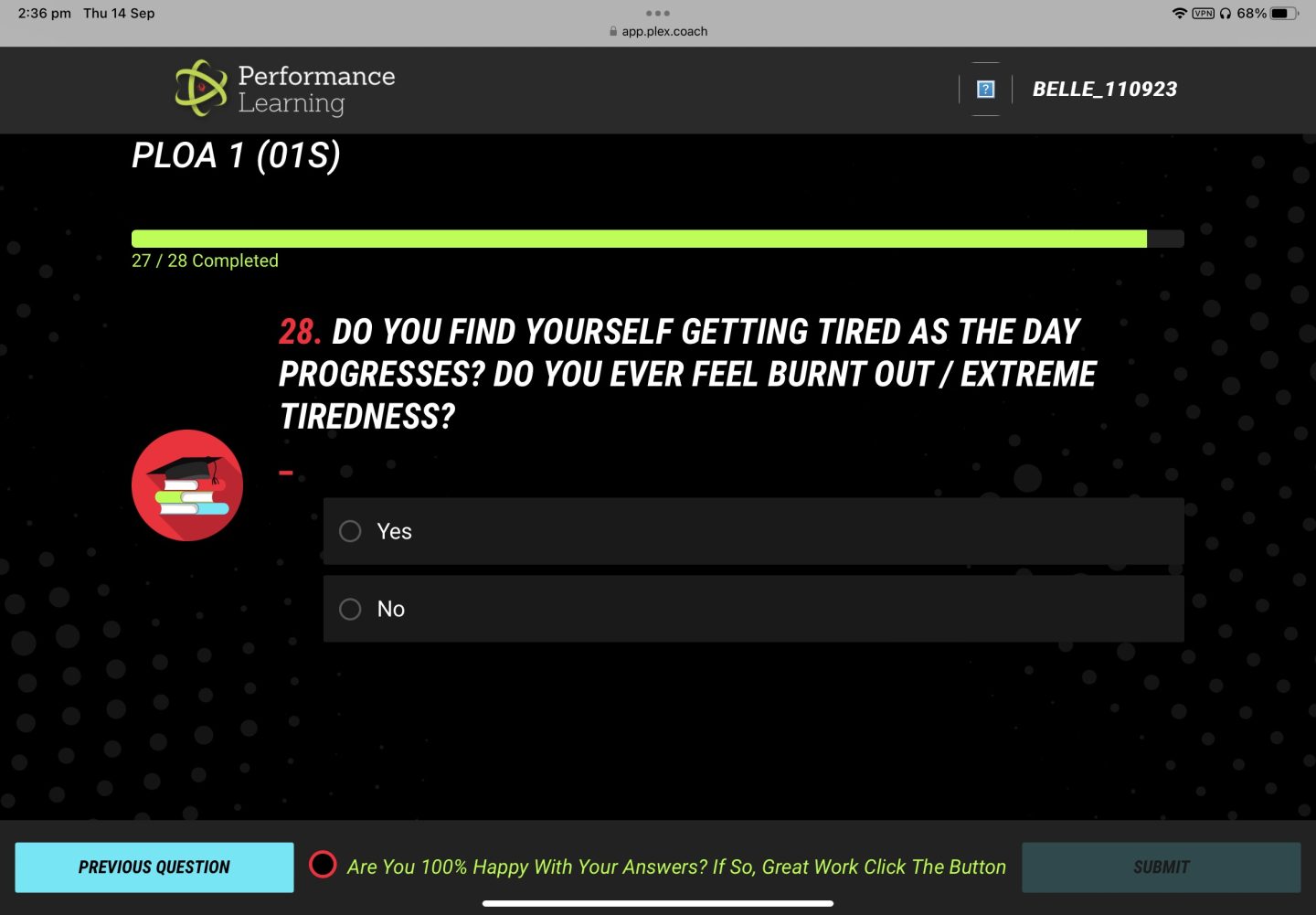As the world becomes increasingly focused on sustainability and renewable energy, it is worth considering solar installations for commercial properties. In this section, we will explore the various reasons why commercial properties should consider installing solar panels. From cost savings on electricity bills to tax incentives and rebates, there are several financial benefits to making the switch. Additionally, we will also discuss the positive environmental impact of using solar energy and how it can increase the overall value of a commercial property.
1. Cost Savings on Electricity Bills
- Investing in solar panels can greatly reduce electricity costs for commercial properties.
- By producing their own clean energy, businesses can offset a portion or even the entire amount of their electricity usage.
- Reducing dependence on the grid can result in significant cost savings over the lifetime of the solar panel system.
Pro-tip: Conducting a comprehensive energy audit can accurately determine potential cost savings and help determine the best size and setup for the solar panel system.
2. Tax Incentives and Rebates
Commercial properties should strongly consider installing solar panels to take advantage of tax incentives and rebates. These programs can greatly reduce the initial cost of installation and result in ongoing financial savings. Not only that, but participating in these incentives demonstrates a dedication to sustainability and can attract customers who prioritize environmental consciousness.
3. Positive Environmental Impact
- Reduced carbon footprint: Solar panels help reduce greenhouse gas emissions and combat climate change.
- Renewable energy: By harnessing solar power, commercial properties contribute to a cleaner and more sustainable energy future.
- Air and water pollution reduction: Solar energy production does not release harmful pollutants into the air or water, improving local air quality.
- Conservation of natural resources: Solar panels rely on sunlight, a renewable resource, reducing the need for finite fossil fuels.
- Positive environmental impact: Solar panels have a positive impact on the environment by reducing carbon emissions, promoting renewable energy, reducing pollution, and conserving natural resources.
4. Increased Property Value
Installing solar panels on commercial properties can lead to an increase in property value. This is due to the following factors:
- Enhanced Marketability: Properties with solar panels are attractive to environmentally conscious businesses and tenants.
- Reduced Energy Costs: Solar panels can significantly lower energy bills, making the property more appealing to potential buyers or renters.
- Long-Term Investment: Solar panels provide a reliable and sustainable source of energy, increasing the property’s value over time.
- Positive Reputation: Commercial properties with solar panels demonstrate a commitment to sustainability, which can boost the property’s overall reputation and desirability.
- Increased Property Value: The addition of solar panels can also directly increase the value of the property, making it a smart investment for the long-term.
What Are the Different Types of Solar Panels Available for Commercial Properties?
When it comes to solar panels for commercial properties, there are several options to choose from. Each type has its own unique characteristics and advantages. In this section, we will discuss the different types of solar panels available for commercial properties, including monocrystalline panels, polycrystalline panels, and thin-film panels. By understanding the differences between these options, you can make an informed decision on which type of solar panel is best suited for your commercial property.
1. Monocrystalline Panels
- Monocrystalline panels, made from a single crystal structure, offer high efficiency and a sleek appearance.
- These panels are manufactured using a complex process that involves cutting wafers from a single silicon crystal.
- The wafers are then treated to create solar cells, which are connected to form a panel.
- In sunny conditions, monocrystalline panels perform well and have a long lifespan.
- Due to their efficiency and durability, these panels are a popular choice for commercial properties.
Consider choosing monocrystalline panels for your commercial property to maximize energy production and achieve a modern aesthetic.
2. Polycrystalline Panels
- Polycrystalline panels, made from multiple silicon crystals, have a less uniform appearance compared to monocrystalline panels.
- Despite having a lower efficiency rate, they are a more cost-effective option.
- The installation process includes:
- Site assessment and design
- Permitting and approvals
- Installation and inspection
- Maintenance and monitoring
In a similar tone, a commercial property owner in California chose to install polycrystalline panels and saw a significant reduction in electricity costs, recouping their investment in just five years.
3. Thin-Film Panels
- Thin-film panels are a type of solar panel that use a thin semiconductor material to convert sunlight into electricity.
- They are lightweight and flexible, making them suitable for various applications.
- Installation of thin-film panels involves the following steps:
- Roof assessment and design to determine the optimal layout and placement of the panels.
- Obtaining the necessary permits and approvals from local authorities.
- Installing the panels, which includes mounting them on the roof or other suitable structures.
- Conducting inspections to ensure proper installation and compliance with safety standards.
- Maintaining and monitoring the panels to ensure optimal performance and identify any issues.
What Factors Should Commercial Property Owners Consider Before Installing Solar Panels?
As the demand for renewable energy sources increases, more and more commercial property owners are considering installing solar panels. However, before making this investment, there are several important factors that must be taken into consideration. In this section, we will discuss the key elements that commercial property owners should evaluate before installing solar panels, including roof space and orientation, energy usage and needs, and budget and financing options. By understanding these factors, property owners can make an informed decision about whether solar panels are a viable option for their specific property.
1. Roof Space and Orientation
- Evaluate the available roof space for potential solar panel installation.
- Determine the orientation of the roof to maximize sunlight exposure.
- Take into account any potential obstructions, such as chimneys or neighboring buildings, that could affect the efficiency of solar panels.
- Consult with a professional in solar panel installation to assess the feasibility of installation based on the roof space and orientation.
- Calculate the potential energy production and cost savings based on the available roof space and orientation.
2. Energy Usage and Needs
Commercial property owners should carefully consider their energy usage and needs before making the decision to install solar panels. This includes evaluating the property’s energy consumption, peak demand, and future energy requirements. By gaining a thorough understanding of their energy needs, property owners can determine the optimal size and capacity of solar panels to effectively meet their electricity demands and achieve the highest level of energy savings.
3. Budget and Financing Options
- Evaluate the upfront costs of purchasing and installing solar panels.
- Research financing options such as loans, leases, or power purchase agreements.
- Consider the potential savings on electricity bills over the long run.
- Explore available incentives, grants, and tax credits that can offset the initial investment.
- Calculate the payback period to determine the return on investment.
- Consult with solar installers or financial advisors to understand the best budget and financing options for your commercial property.
Fact: Investing in solar panels can provide a significant return on investment, with some commercial properties seeing a payback period of as little as 3-5 years.
What Is the Process for Installing Solar Panels on a Commercial Property?
If you’re considering installing solar panels on your commercial property, it’s important to understand the process involved. From the initial site assessment to ongoing maintenance, there are several steps that need to be completed in order to successfully install and utilize solar panels. In this section, we will break down the process into four key stages: site assessment and design, permitting and approvals, installation and inspection, and maintenance and monitoring. By understanding each step, you can ensure a smooth and efficient installation process for your commercial property’s solar panels.
1. Site Assessment and Design
- Evaluate the location of the property, taking into consideration factors such as sun exposure and shading.
- Analyze the structural integrity of the roof and assess available space for solar panels.
- Design a solar panel system that fits the energy needs and budget of the property.
- Determine the best placement and configuration for the panels.
- Calculate the potential energy production and cost savings of the system.
For an accurate assessment and design to maximize the benefits of solar panels on your commercial property, it is recommended to hire a professional solar installer.
2. Permitting and Approvals
- Submit a permit application to the local government or jurisdiction responsible for overseeing building projects.
- Provide all required documentation, including architectural drawings, structural calculations, and electrical plans, for the permitting and approval process.
- Pay any necessary fees associated with obtaining permits and approvals.
- Wait for the approval of the permit, which may involve a review period and inspections.
- Once the permit is approved, obtain the necessary approvals from the utility company for interconnection and net metering.
Pro-tip: To avoid delays in the installation of solar panels, it is important to start the permitting and approval process early.
3. Installation and Inspection
- Site assessment: Evaluate the commercial property’s suitability for solar panel installation.
- Design: Develop a customized solar panel system based on the property’s energy needs and roof space.
- Permitting and approvals: Obtain necessary permits and approvals from local authorities and utility companies.
- Installation and Inspection: Have a reputable solar panel installer install the solar panels on the commercial property’s roof or ground-mounted system and conduct a thorough inspection to ensure proper functionality.
Ensure a smooth and successful installation by hiring a reputable solar panel installer and regularly maintaining the system for optimal performance.
4. Maintenance and Monitoring
- Regular Cleaning: Keep the solar panels clean by periodically removing dirt and debris that can decrease their efficiency.
- Visual Inspection: Regularly check for any physical damage or signs of wear and tear.
- Performance Monitoring: Monitor the energy production of the solar panels to ensure they are operating at their best.
- Battery Maintenance: If the commercial property has a solar battery system, make sure it is properly maintained and monitored for optimal performance.
Pro-tip: Consider hiring a professional solar maintenance and monitoring service to ensure the long-term functionality and efficiency of your solar panel system.













